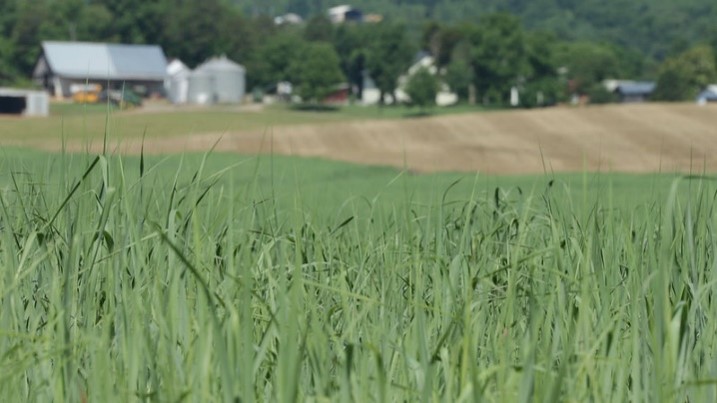The Biomass Research and Development Board's Feedstock Production and Management Interagency Working Group (FPM-IWG) promotes the development and deployment of cost-competitive, sustainable biomass feedstock production and management systems for agricultural and forestry residues, energy crops, and waste streams.
FPM-IWG efforts focus on feedstock production practices and management systems, from establishment to the harvest interface with logistics processes. This working group achieves this mission by coordinating federally funded research activities related to the production and management of terrestrial biomass feedstock, both cellulosic and oilseed. Additionally, FPM-IWG extends its activities to various carbon waste feedstocks when necessary.
What Is Feedstock Production and Management?

Feedstock production and management refers to designing, planting, and harvesting biomass feedstocks in a way that is productive, profitable, and environmentally beneficial. The FPM-IWG supports sustainable growth of high-quality biomass to produce biofuels, biopower, and bio-based products.
Why Is this Important for the Bioeconomy?
Advancing the bioeconomy is dependent on the development and deployment of cost-competitive and sustainable biomass feedstock management and production strategies for agricultural and forestry residues, energy crops, and waste streams.
What Are the U.S Government’s Goals for Feedstock Production and Management?
Some of the federal government goals for feedstock production and management include:
- Achieve available production and management strategies, systems, and practices adapted to local environmental and social conditions to produce large quantities of high-quality feedstock
- Enable new markets for biomass by facilitating feedstock establishment and management
- Establish the relationship between the costs and benefits of growing biomass using sustainability indicators to enable continuous improvement and adaptive management
- Identify the correlation among crop investment, adoption risk, and policy for several scenarios to inform research and development (R&D).
What Progress Has Occurred?
Scientists at universities, federally funded facilities, and in private industry in partnership with the federal government continue to make improvements in feedstock production and management. Several recent examples include:
- Supporting cradle-to-grave supply chain research for energy crops
- Developing areas of interagency R&D, specifically ecosystem services in perennial cropping and soil organic carbon accumulation
- Identification of characterization needs for municipal solid waste-based feedstocks1
- Defining and scaling the practice of integrated land management to improve soil and water quality while increasing economic output by accounting for, and taking advantage of, subfield variability.2
References
1. U.S. Department of Energy, Bioenergy Technologies Office. August 2019. Waste-to-Energy from Municipal Solid Wastes. DOE/EE-1796. https://www.energy.gov/sites/prod/files/2019/08/f66/BETO--Waste-to-Energy-Report-August--2019.pdf.
2. U.S. Department of Energy, Bioenergy Technologies Office. April 2019. “Bioenergy Technologies Office FY 2018 Successes.” DOE/EE-1971; https://www.energy.gov/sites/prod/files/2019/04/f62/FY18%20BETO%20Successes%20Fact%20Sheet_Final.pdf.
